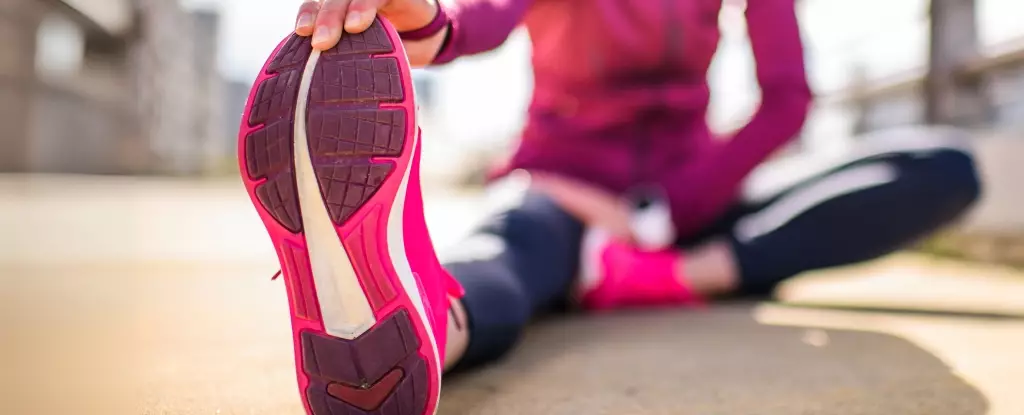Flexibility plays a crucial role in our overall functional health and well-being. As we age, maintaining flexibility becomes increasingly important not just for athletic performance but for everyday tasks like bending, reaching, or twisting. Understanding the significance of flexibility, how to cultivate it, and its relevance to our daily lives can empower us to lead more active, injury-free lifestyles.
Flexibility is defined as the range of motion available in a joint or group of joints. This capacity is essential for achieving optimal movement patterns, which can enhance performance in sports and prevent injuries. When you lack flexibility, even simple activities can become challenging, leading to increased stiffness and discomfort. Moreover, the ability to maintain flexibility assists in preserving functional independence as we age, allowing us to perform daily tasks with ease.
One of the most common methods to improve flexibility is through stretching—particularly static stretching. Static stretching involves elongating a muscle and holding that position for a predetermined duration, typically ranging from 15 to 60 seconds. Research has shown that static stretching is effective in enhancing flexibility; however, there have been many questions surrounding the optimal duration, intensity, and frequency of stretch sessions for maximum benefit.
Recent research synthesized data from numerous studies encompassing thousands of adults globally to address these questions. Findings suggest that a cumulative stretch time of around four minutes in a single session is optimal for immediate flexibility improvement. Interestingly, extending beyond this duration yield diminishing returns. For lasting enhancements, stretching each targeted muscle for a total of around ten minutes weekly can significantly increase flexibility over time.
Flexibility improvement is less about intensity and more about consistency. Research indicates that it does not matter whether the stretch is challenging or easy, as both approaches yield similar benefits. This distinction is empowering: individuals can choose which intensity suits their comfort level and personal goals. No matter what your starting point is—whether you’re an athletic powerhouse or a self-proclaimed couch potato—everyone stands to gain from flexibility training.
The frequency with which you stretch is also flexible. You can achieve your goals by stretching each muscle group for approximately one minute each day or interspersing longer sessions throughout the week. The critical aspect is to prioritize stretching as a part of your routine rather than becoming overwhelmed with the logistics of time and intensity.
Simple Ways to add Stretching into your Daily routine
The beauty of static stretching is its accessibility. You don’t require any special equipment, and you can perform stretches almost anywhere—at home, in the office, or even while watching television. This easily incorporate stretching into your daily life enhances your overall mobility and reduces tension.
Common stretches include placing one foot on a bench to stretch your hamstrings, bending your knee to pull your ankle toward your glute to stretch your quadriceps, or reaching overhead to elongate your triceps. Prioritizing muscle groups that feel tight can lead to gradual, effective improvement.
However, for personalized recommendations tailored to your unique needs, consulting a qualified health professional, such as a physiotherapist or exercise physiologist, is advantageous. They can assess your flexibility and prescribe specific exercises that align with your individual circumstances.
Enhancing your flexibility doesn’t have to feel like a Herculean task. With as little as ten minutes of stretching per week, coupled with consistent effort, anyone can cultivate improved flexibility and functionality. The key is adopting a mindset that prioritizes movement and embraces the stretch. So whether you decide to stretch in the morning, after a workout, or during your favorite TV show, make room for flexibility in your life; your body will surely thank you. The journey to flexible, healthier living truly begins with a single stretch.

